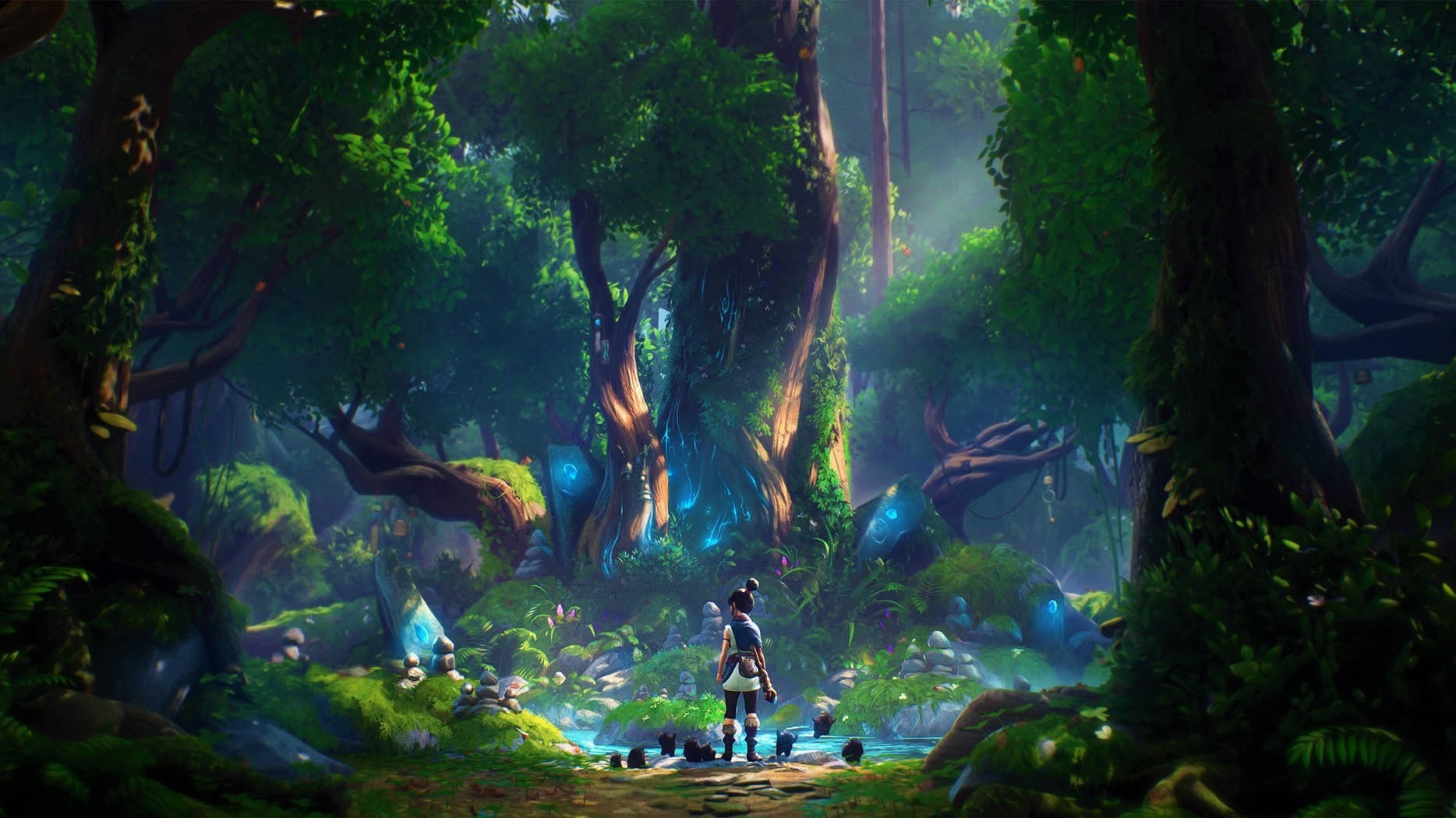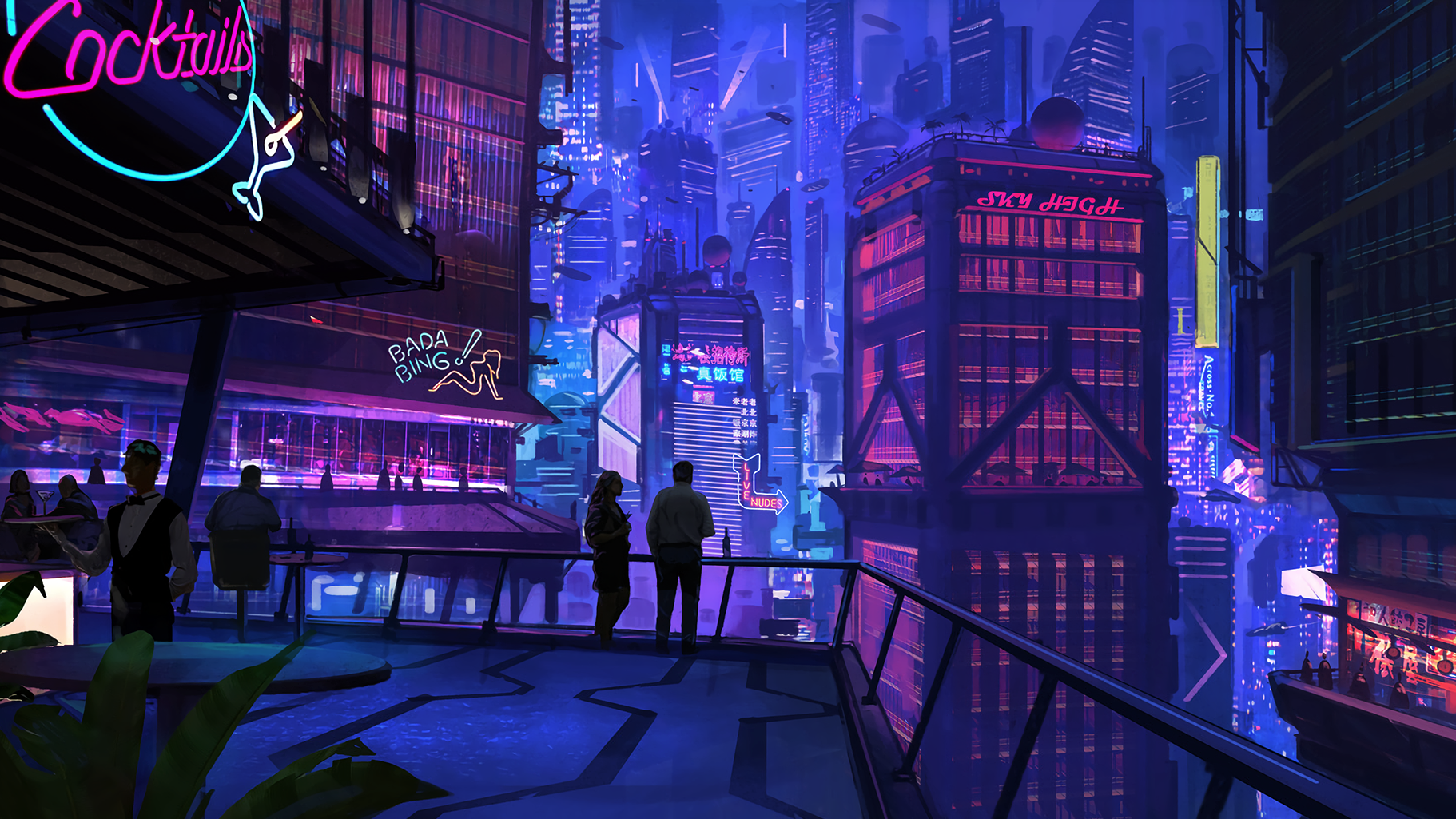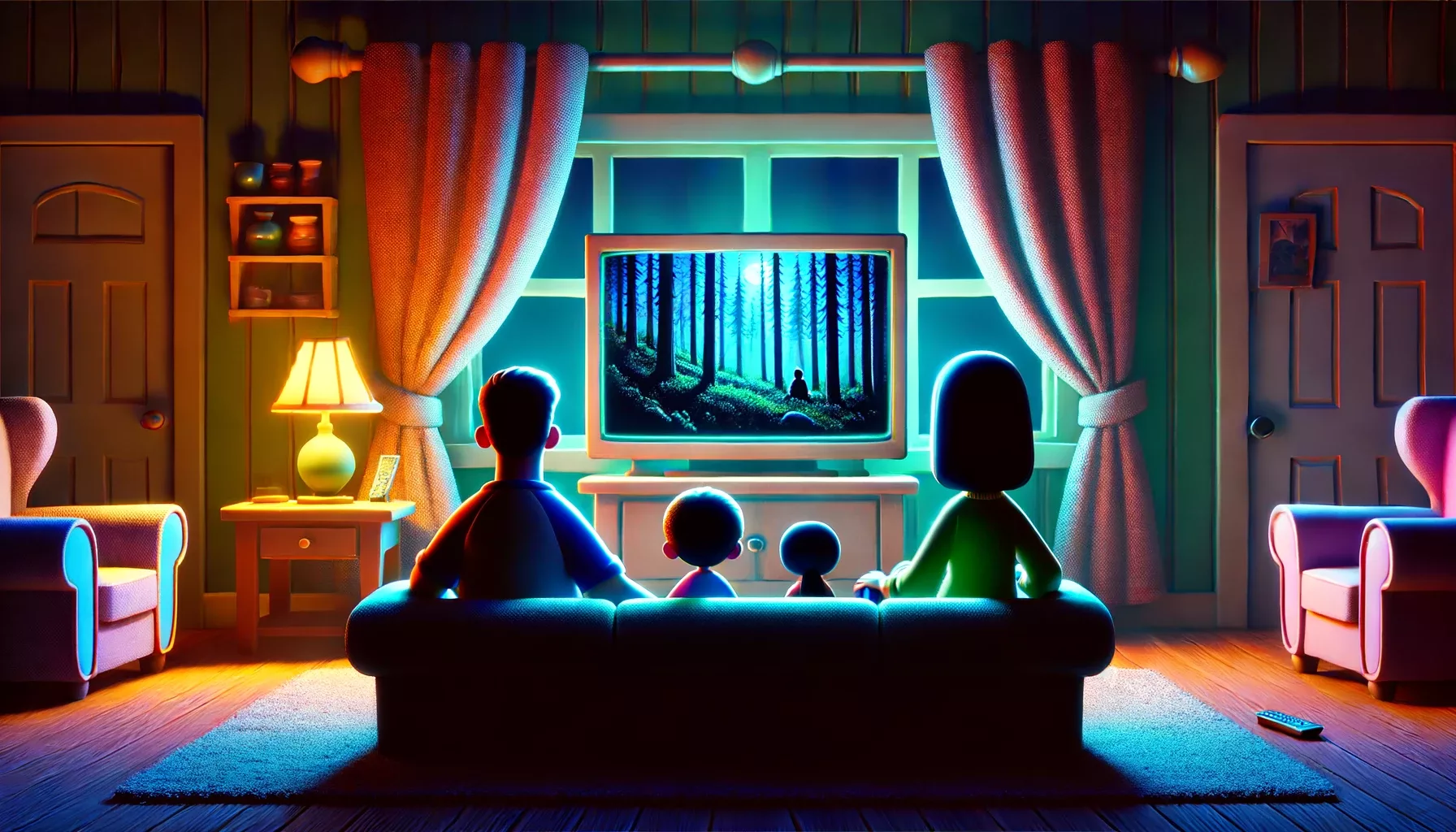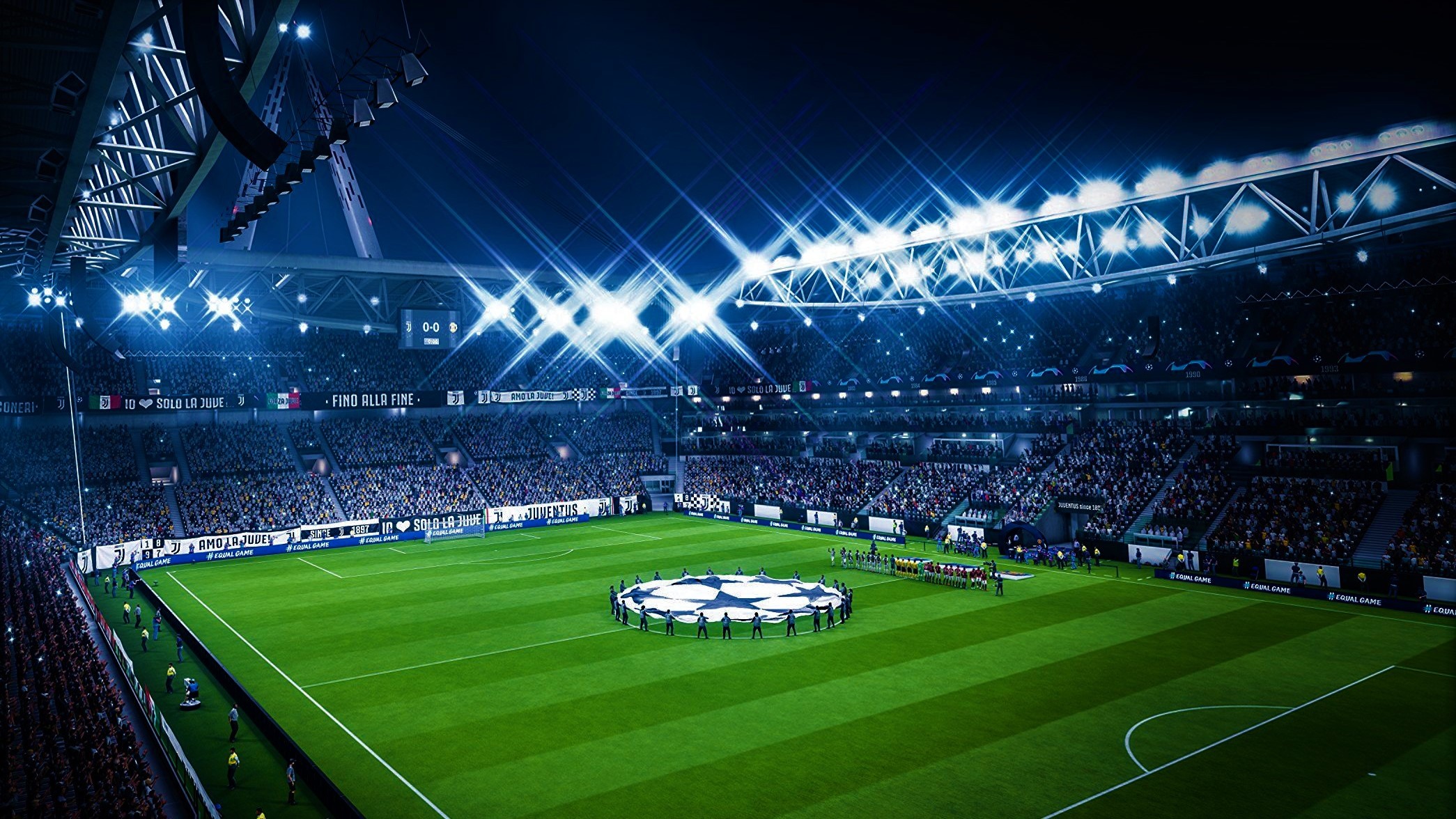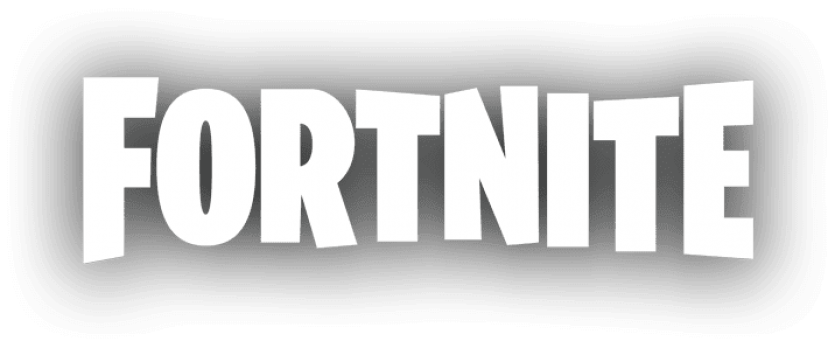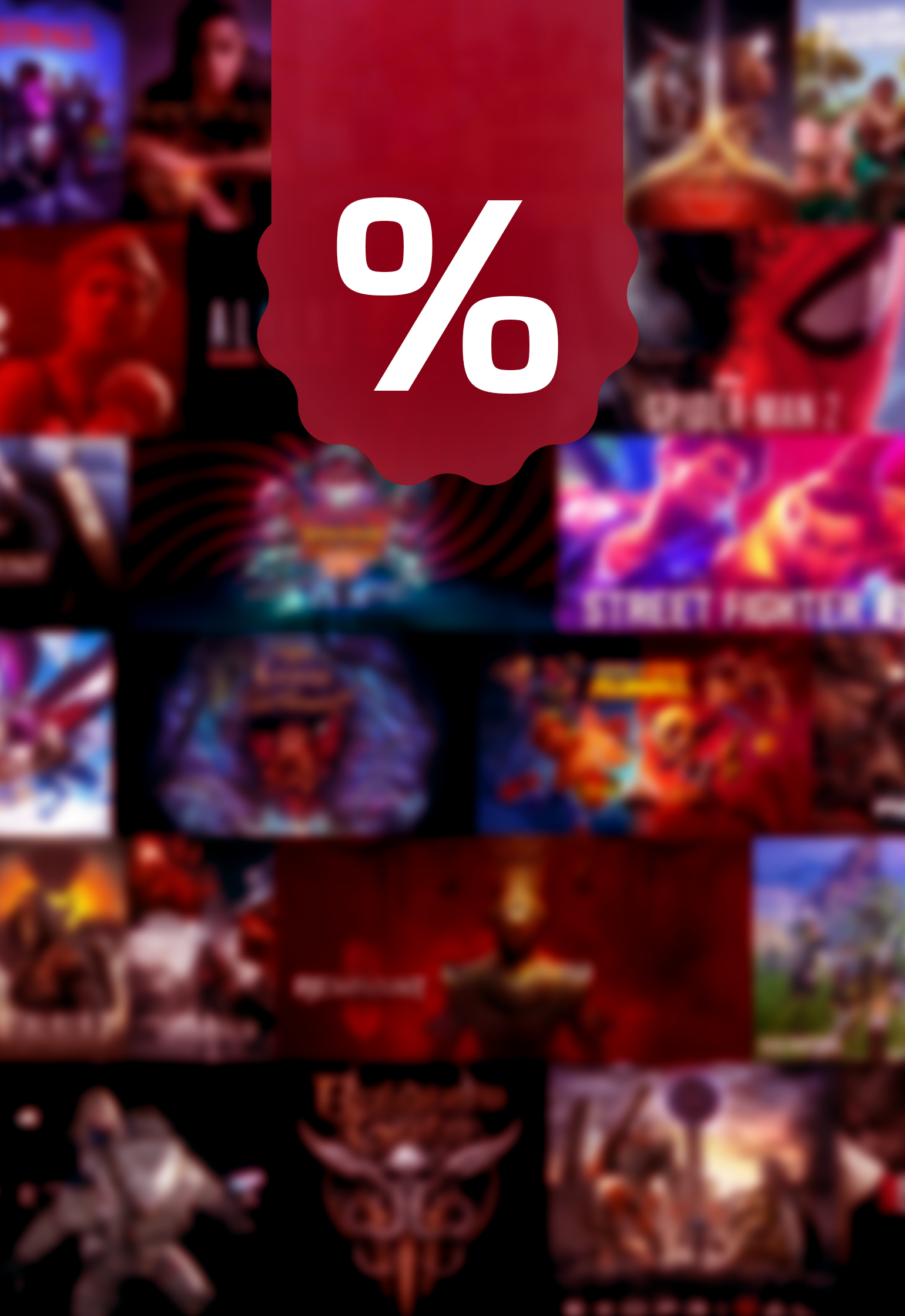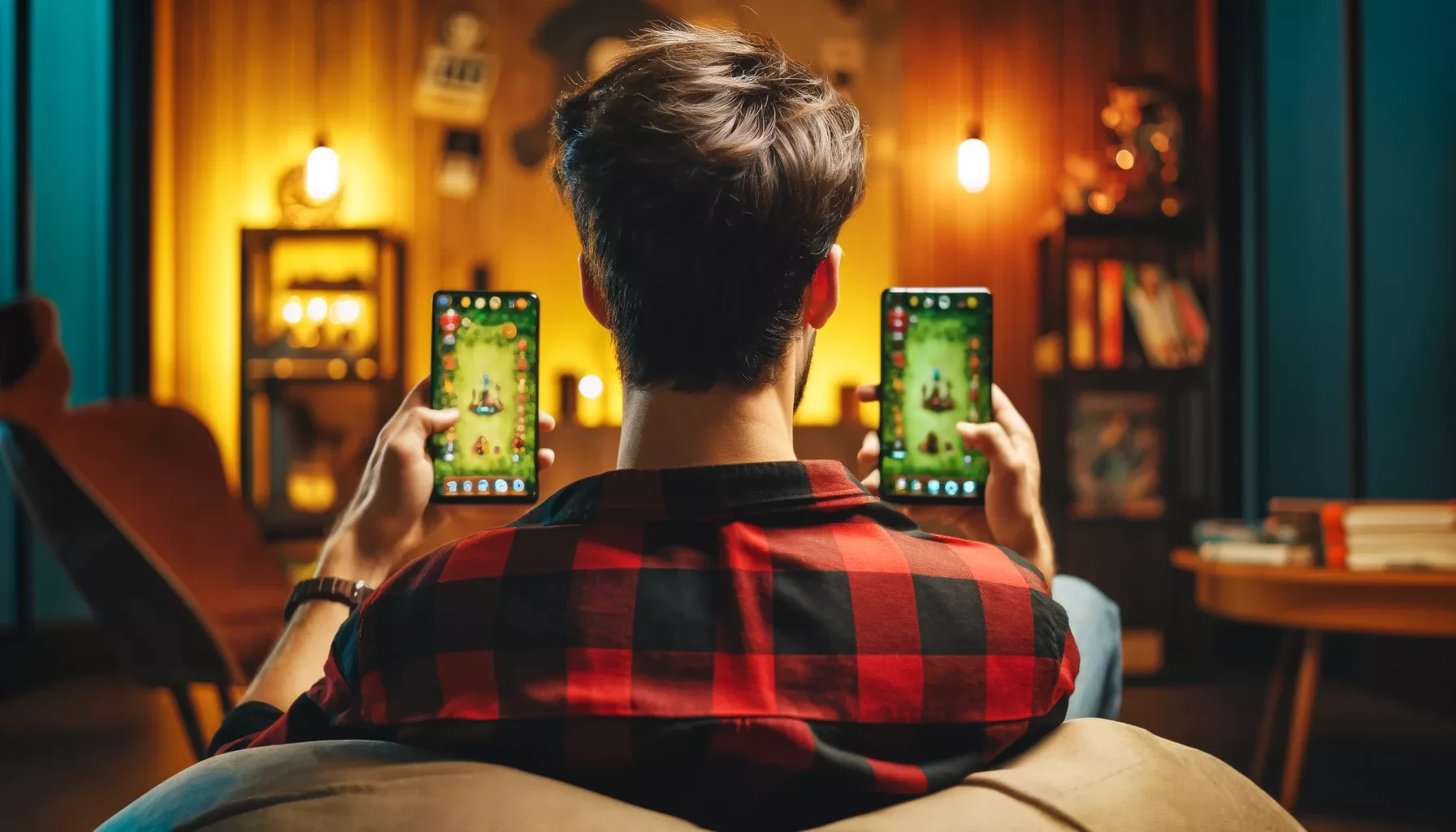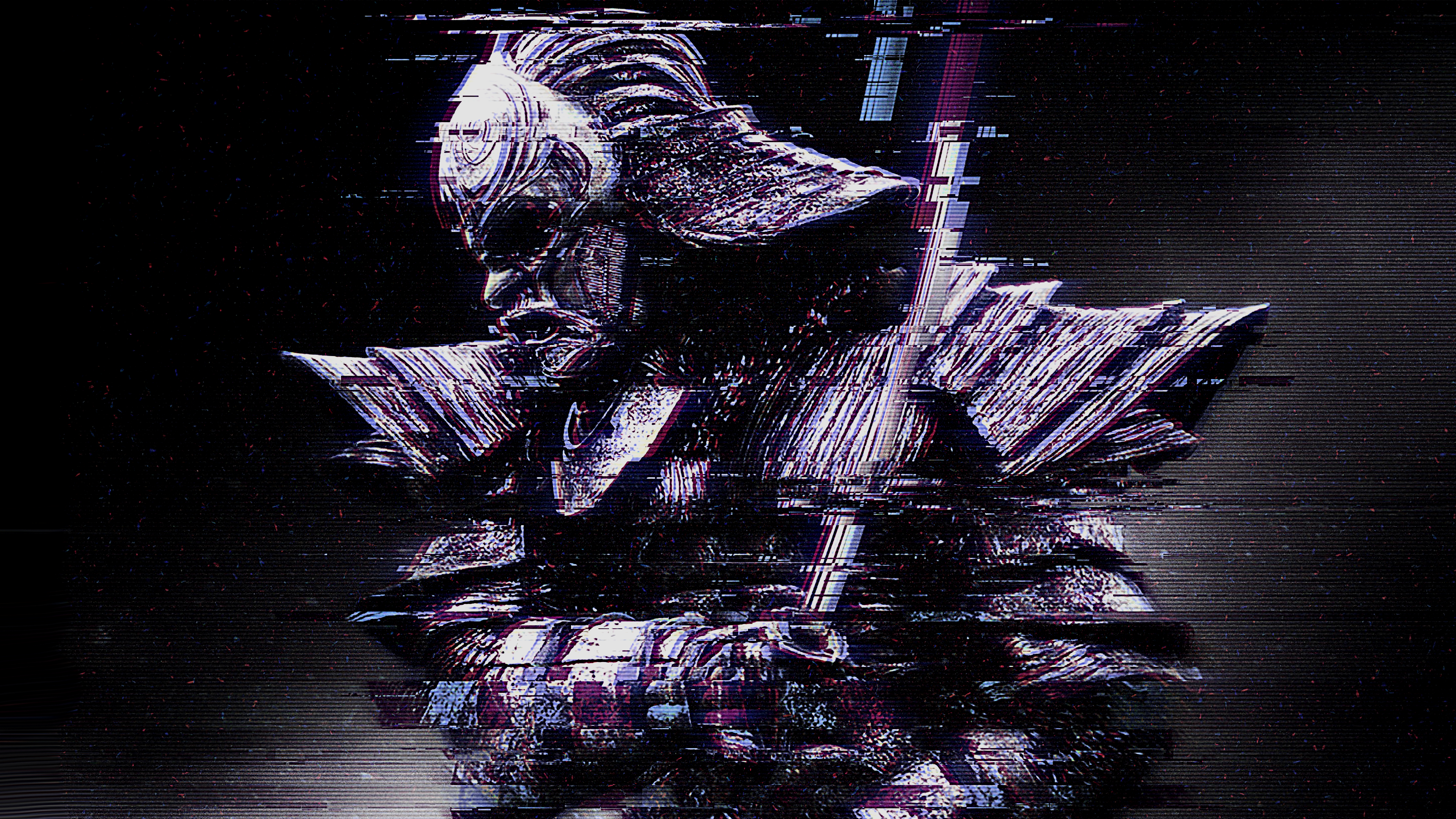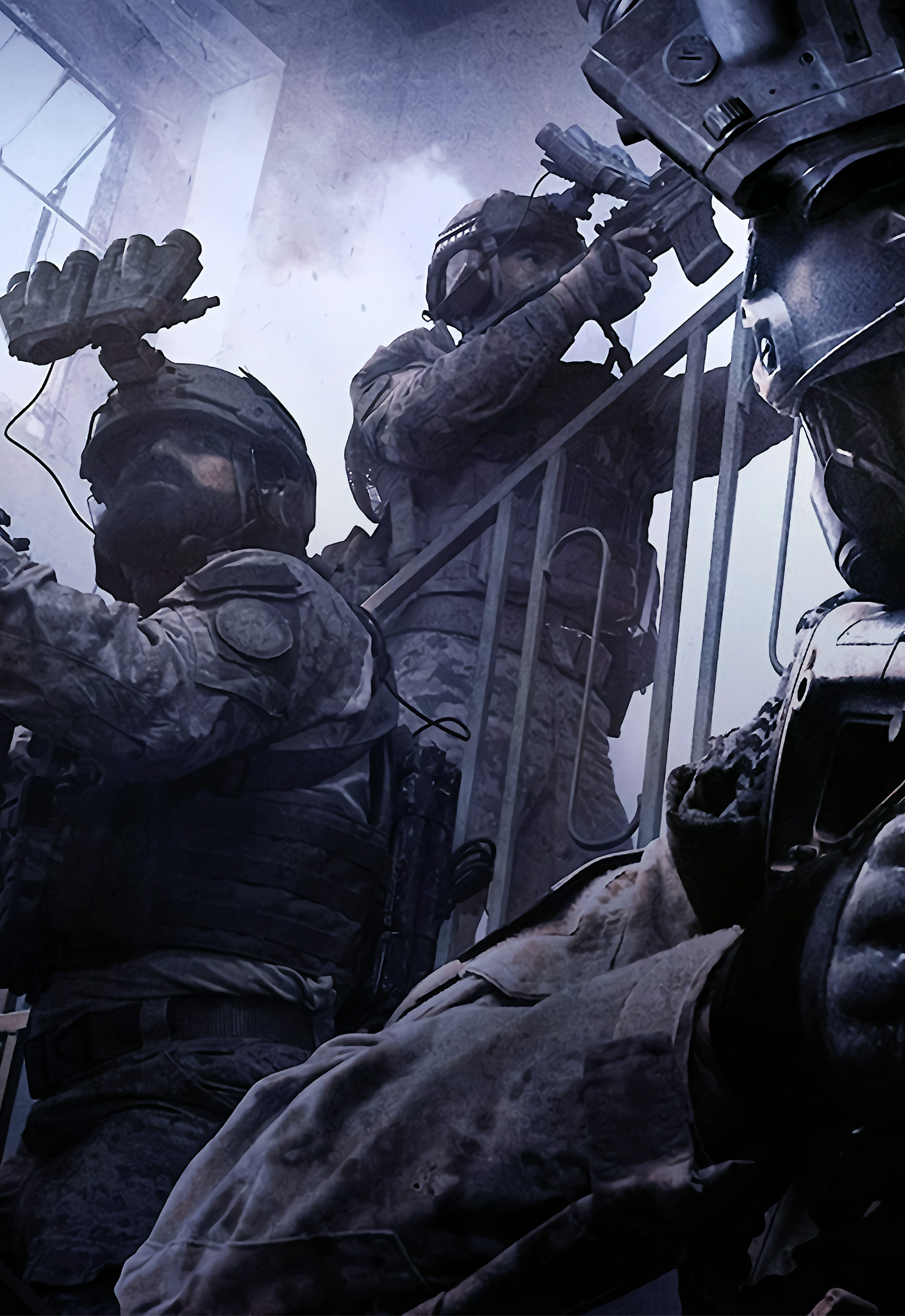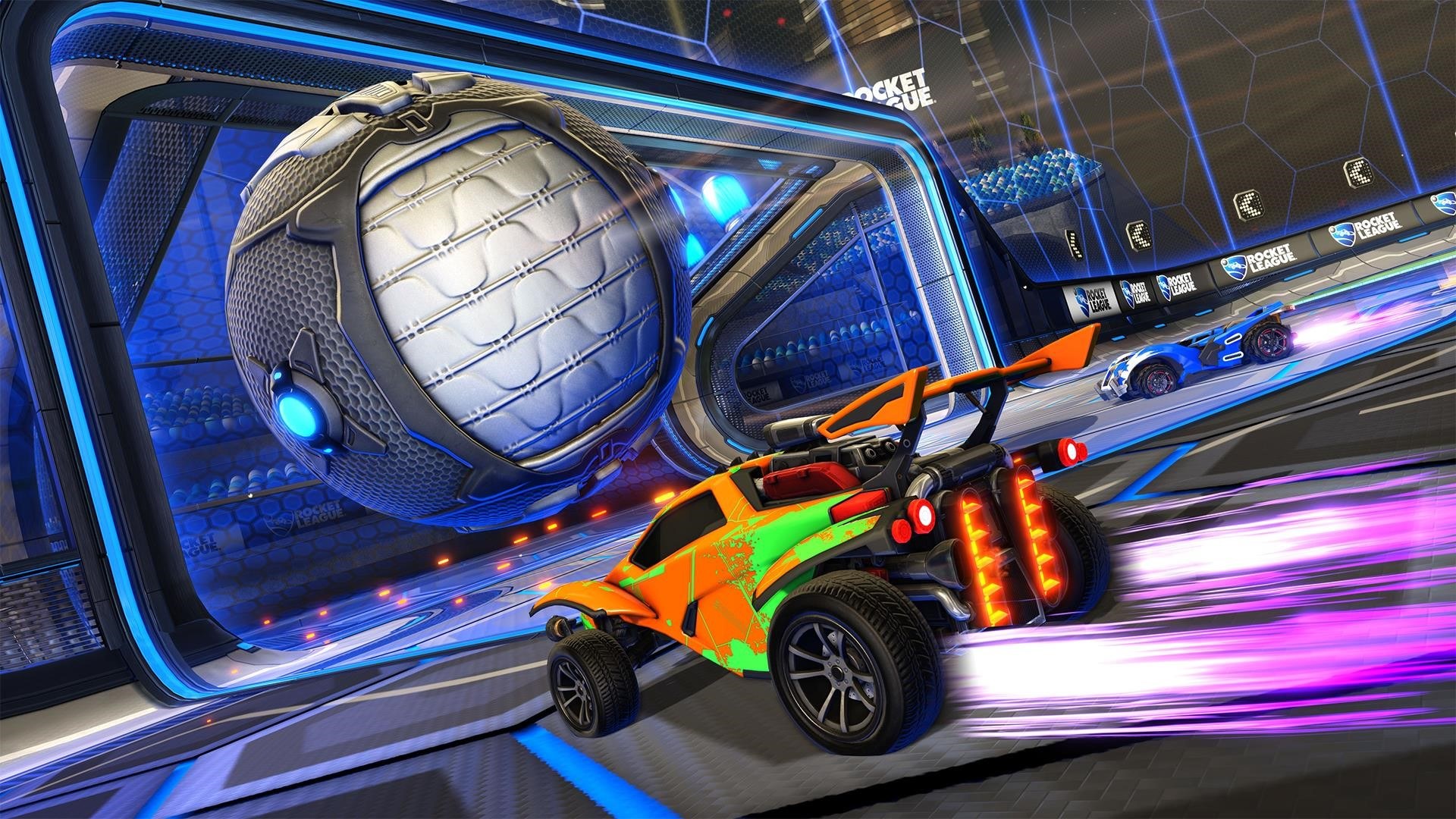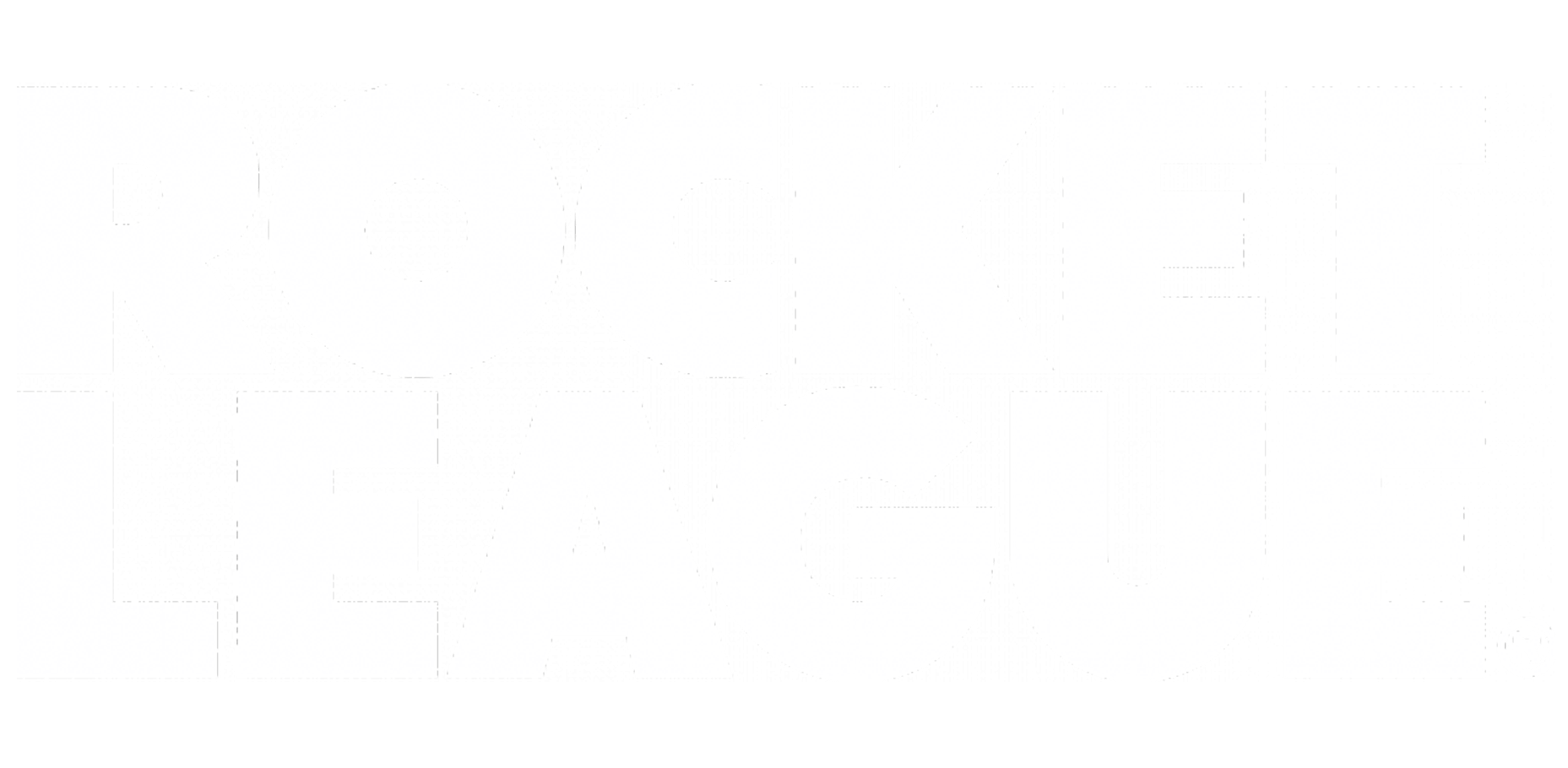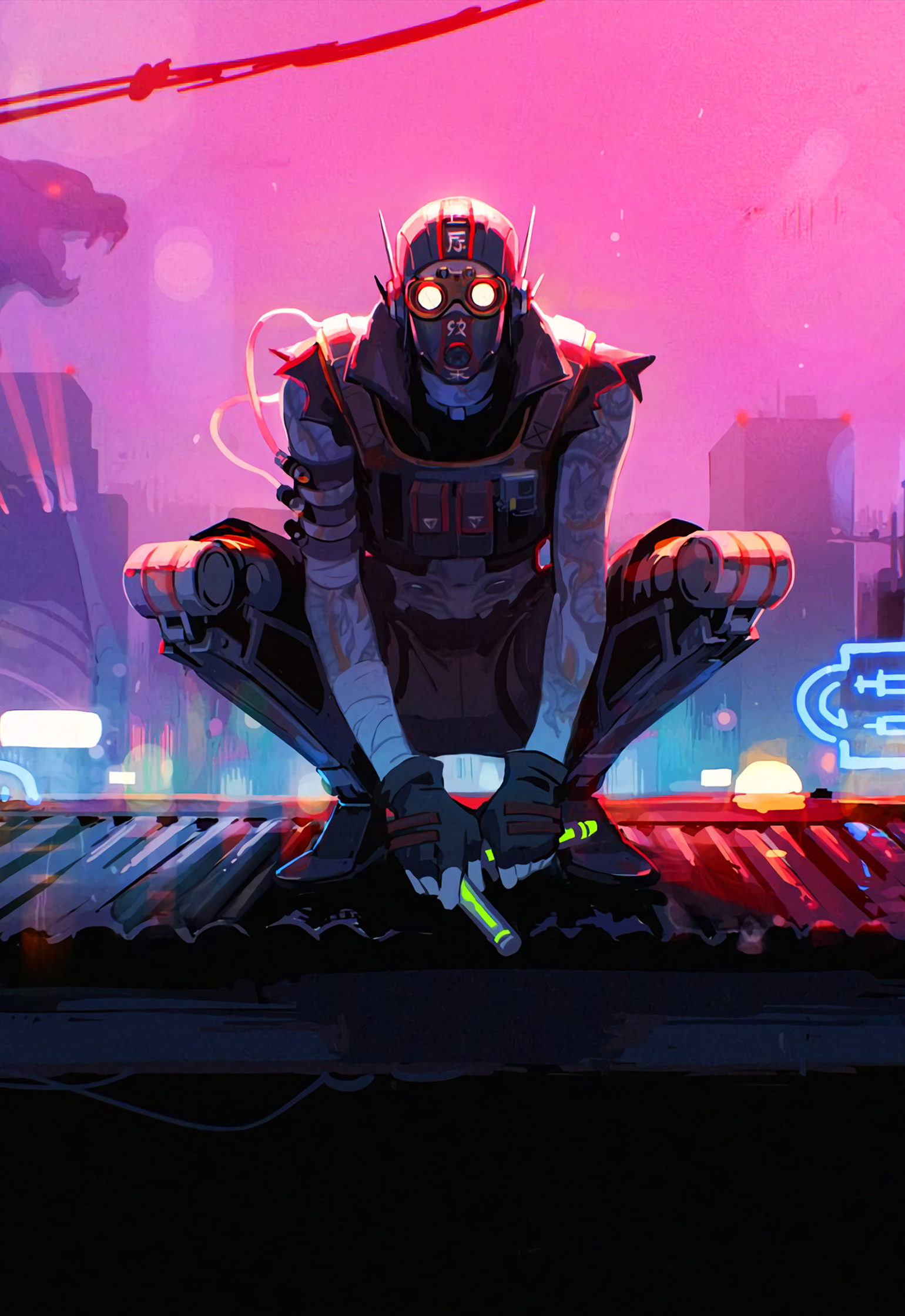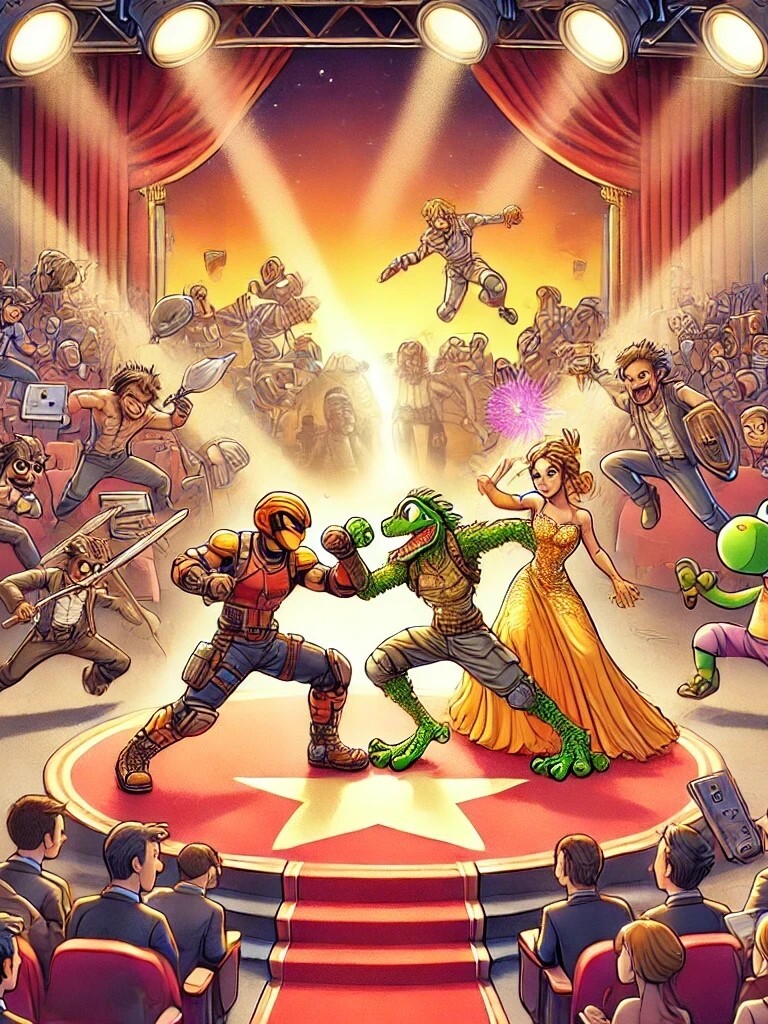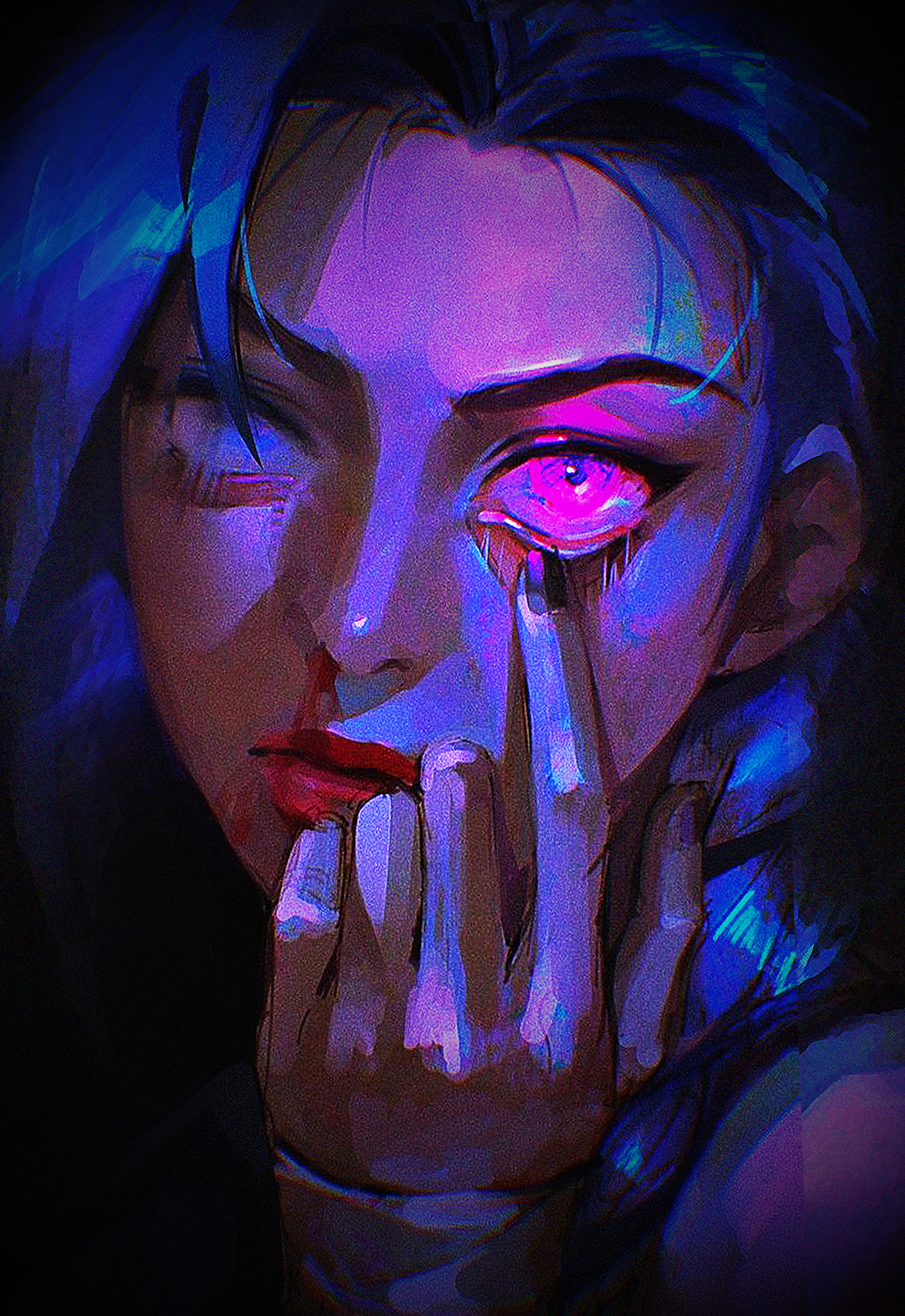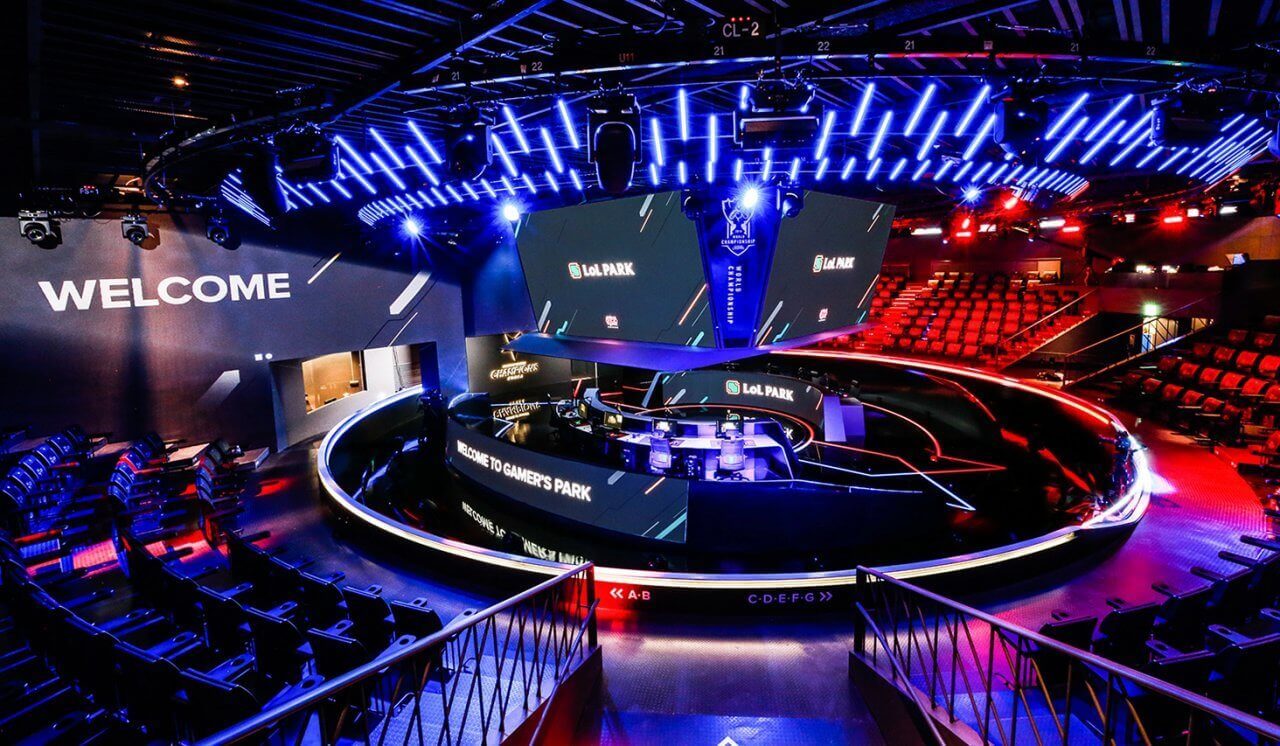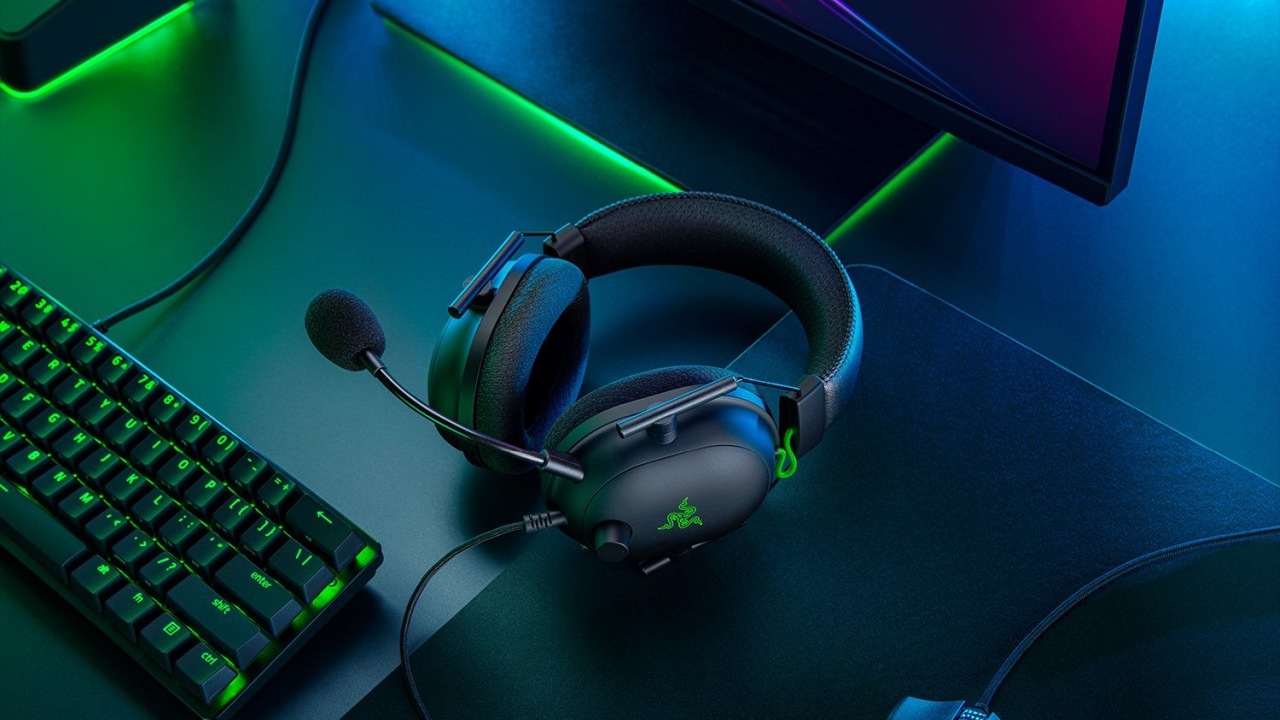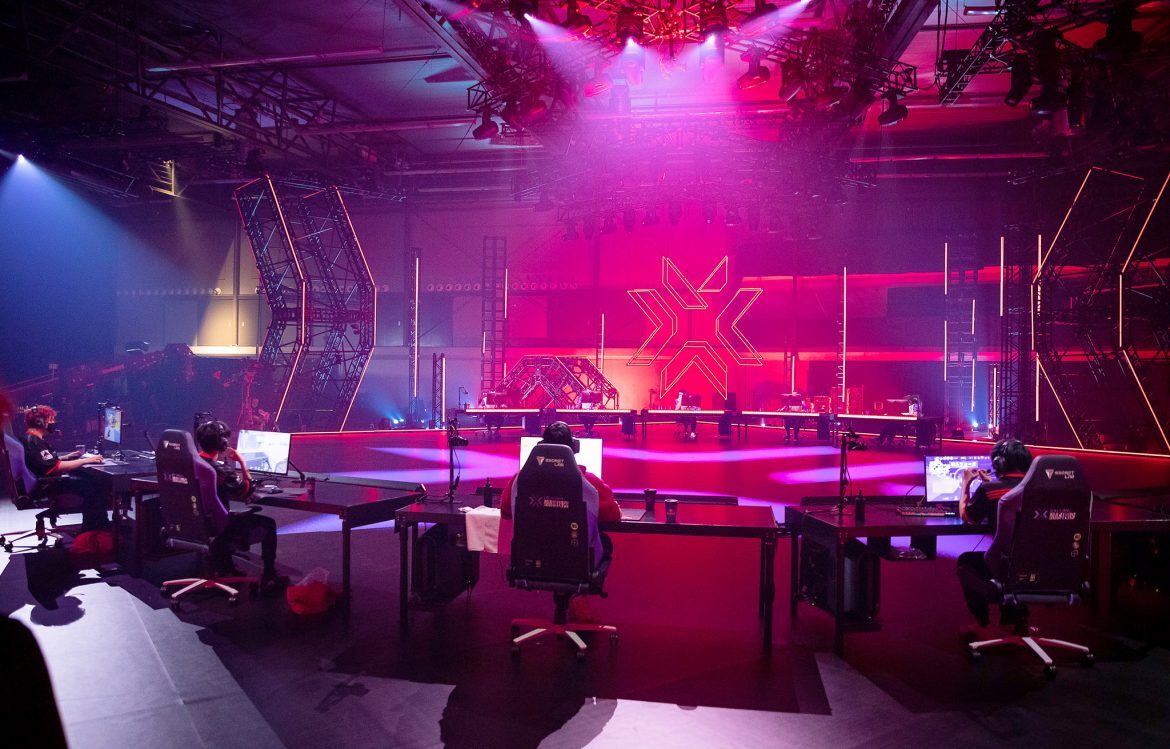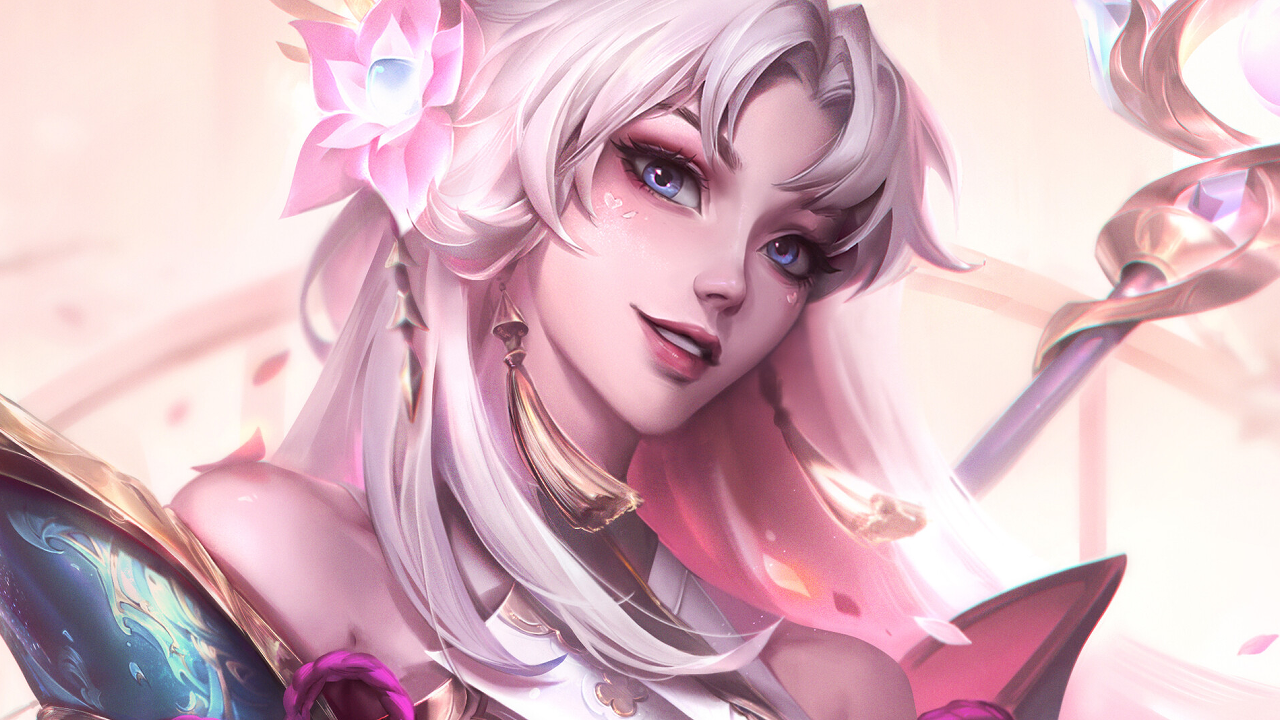Accusations of AI use swirl around the new Prestige Spirit Blossom Lux splash art in League of Legends...
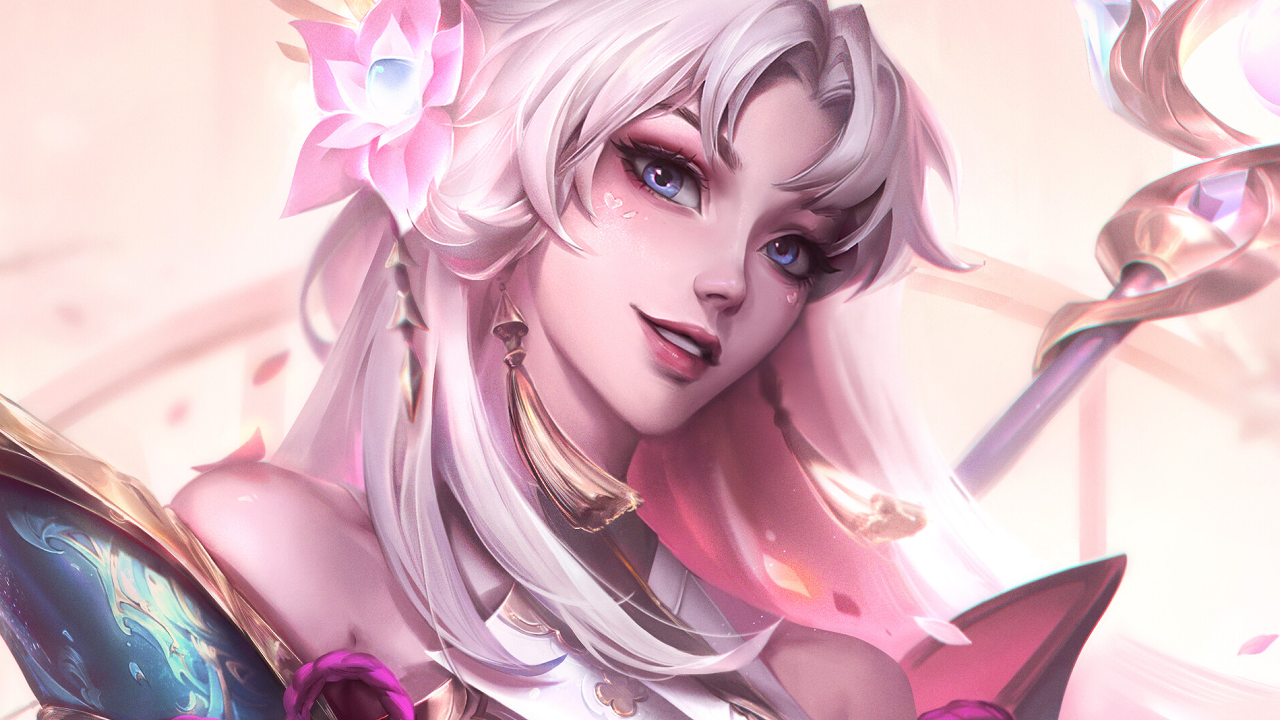
Accusations of AI use swirl around the new Prestige Spirit Blossom Lux splash art in League of Legends...
Why People Suspect AI
The release of the Prestige Spirit Blossom Lux splash art in League of Legends has reignited a wave of accusations against Riot Games artist Alsie Lau, with players on TikTok and Twitter accusing her of using AI to generate the artwork, despite overwhelming evidence to the contrary.
The full-time illustrator at Riot who rose through the ranks from an internship, has now found herself at the center of controversy around AI for the second time.
Similar suspicions were previously raised about her work on Porcelain Irelia and Battle Dove Seraphine.
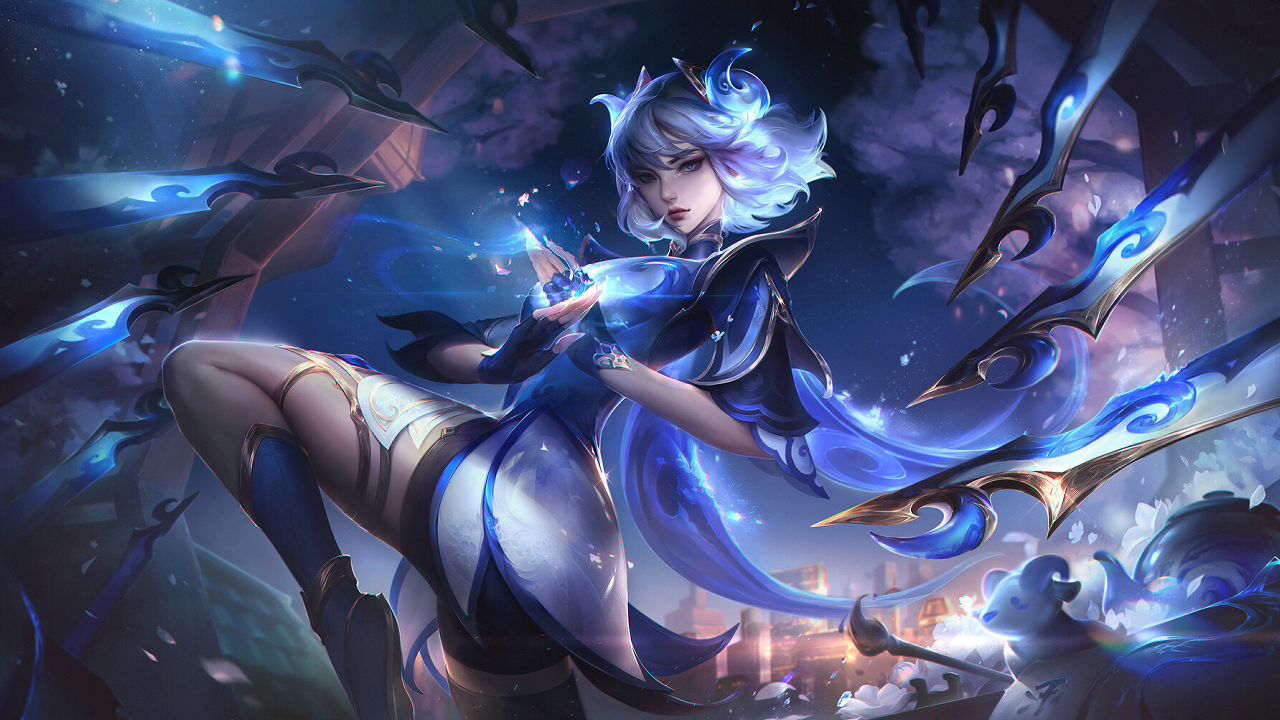
The criticism this time hinge on supposed AI-like traits in the artwork: bright lighting, soft body proportions, and what some call “bland” facial expressions.
Viewers also cited the rendering of metal and fabric, suggesting it lacked human nuance. These assumptions - largely based on “vibes” - are not rooted in formal art critique or evidence of AI use.
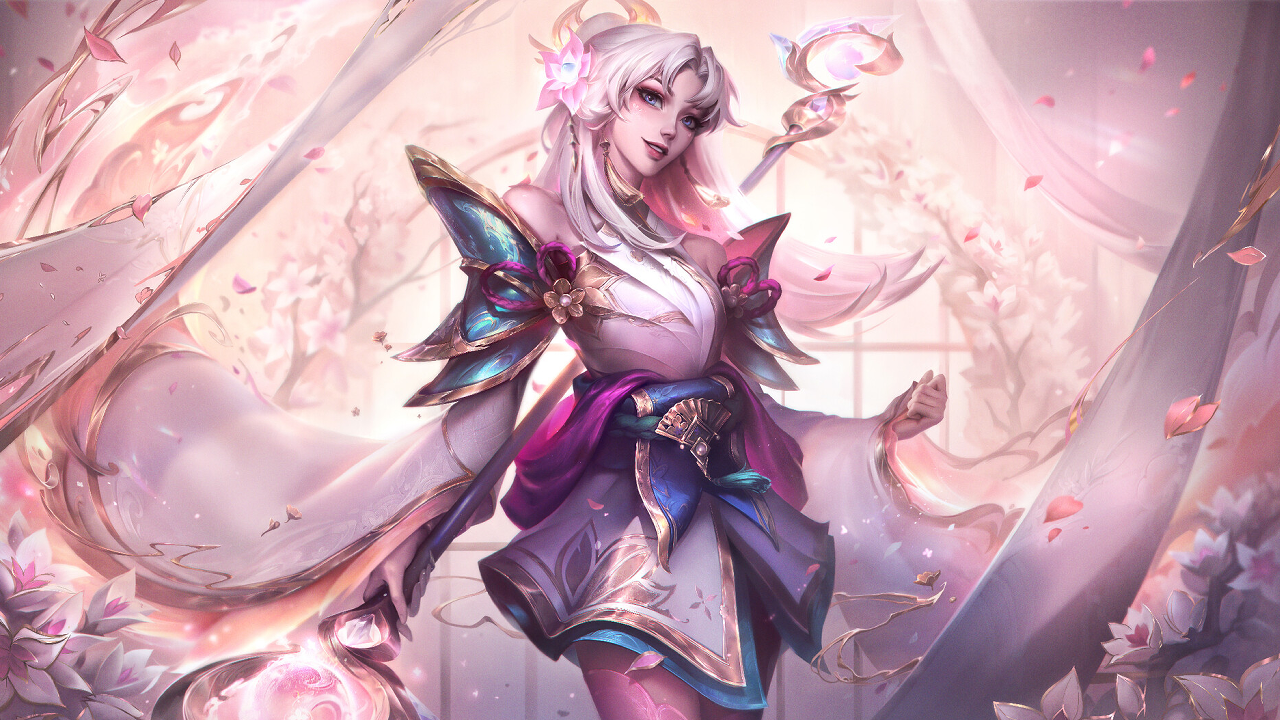
None of the claims have ever been substantiated, yet the accusations persist.
How to Spot AI Art - And Why This Art Isn’t
As AI improves, distinguishing between generated and handmade art gets harder. But AI art carries distinct, recognizable fingerprints.
Common indicators of AI art are:
- Most importantly! Inconsistent line work, where lines and shapes just end without reason
- Unrealistic light sources that seem "all over the place"
- Focus issues where objects are blurred, when they wouldn't be
- Repetitive patterns and vague shapes in backgrounds
None of these indicators are present in Alsie Lau’s Prestige Spirit Blossom Lux artwork.

Lau has not formally addressed the accusations on her social platforms, but did respond to a fan comment.
She wrote:
“I literally spent three months staying in my room and hand-painting every detail, flower petal, and particle,
Lau’s piece shows clear evidence of human craftsmanship: intentional line work, cohesive lighting, and detailed, textured rendering.
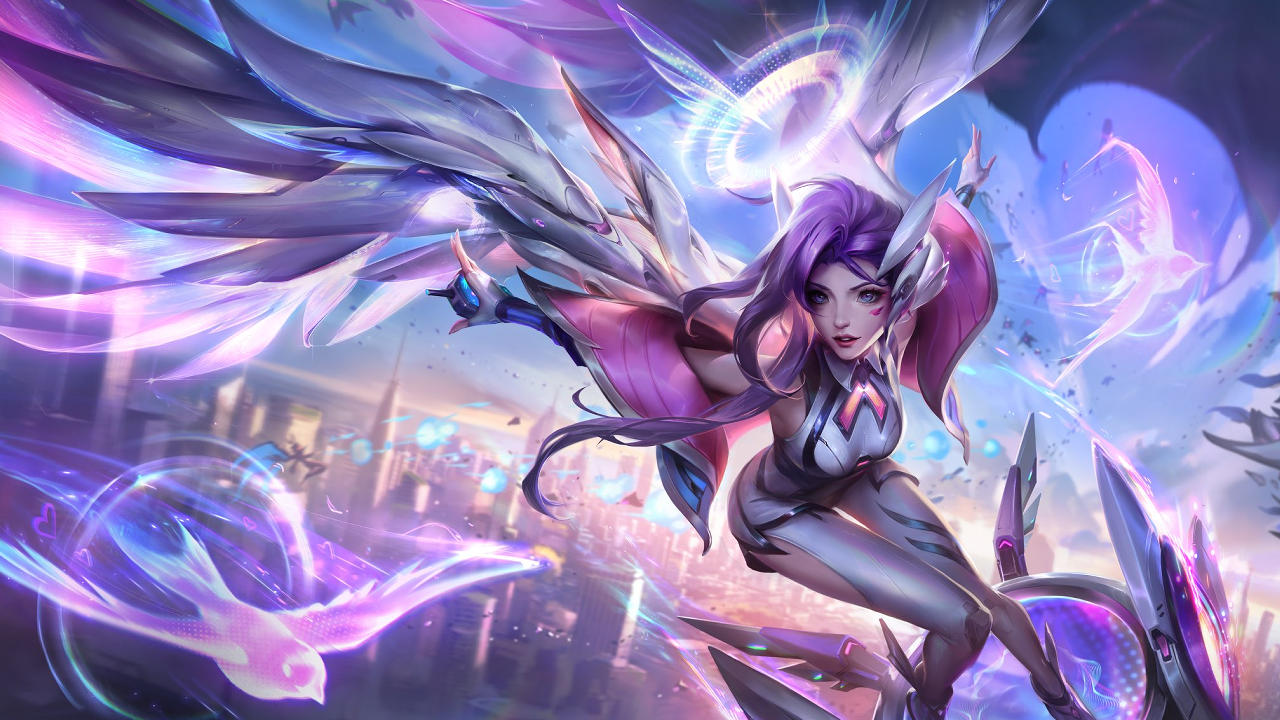
The artwork maintains a clear visual hierarchy and reflects a deep understanding of anatomy and design principles. This level of iteration and intentionality is simply beyond the capabilities of current AI systems.
Most tellingly, Lau shared her creative process, including early concept sketches, color studies, and progress shots.
More than 350 hours of labor and countless iterations went into crafting the piece. This is not the hallmark of an AI generation pipeline, but the result of hard human artistic labor.
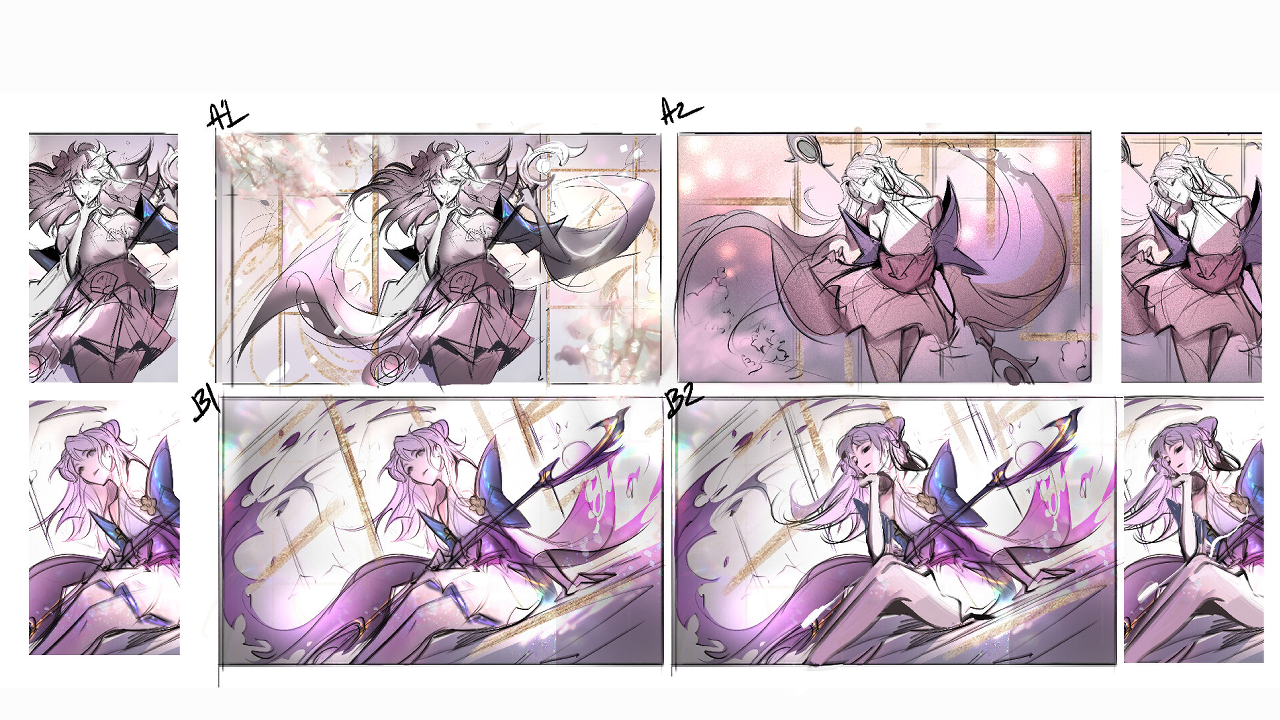
The Irony of AI Paranoia
Ironically, it is artworks like Lau’s that often get used to train AI models in the first place. Art from League of Legends, Gacha Games and similar games is frequently scraped by AI systems for training datasets, meaning that artists are now being accused of mimicking the very AI that mimicked them.
Respecting the Craft
The backlash against Alsie Lau reflects a growing anxiety around AI in creative spaces. The controversy also highlights a troubling trend: the rise of “vibe-based” accusations, where online critics point fingers based on subjective feelings rather than facts.
In other gaming titles like Foamstars and Call of Duty: Black Ops, confirmed AI usage has drawn criticism. But people who just point their finger at things they haven't fully investigated end up hurting real artists. These claims stick, even if they’re not remotely true.
Final Thoughts
The fear of AI is valid. It threatens jobs, artistic authenticity, and the cultural value of human creativity. But that fear cannot justify the casual smearing of hardworking artists. Media literacy and critical thinking are more essential than ever.
Without them, fear can mutate into a paranoid witch-hunt, harming the very people who push visual storytelling forward.
